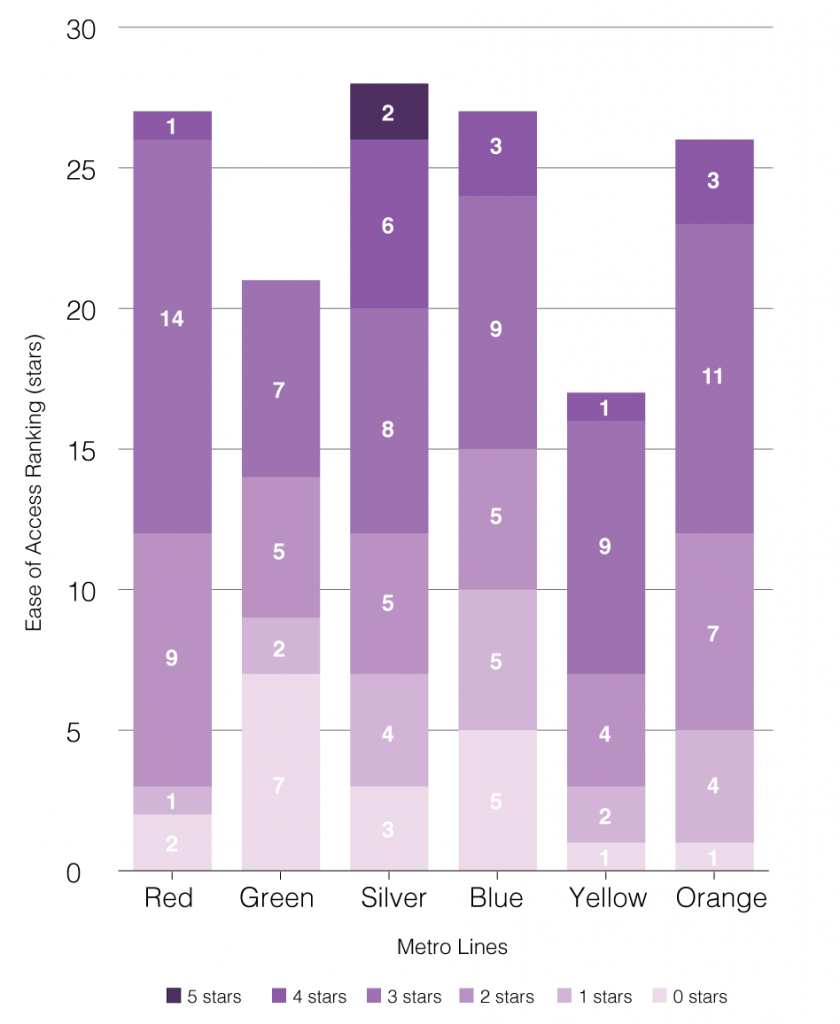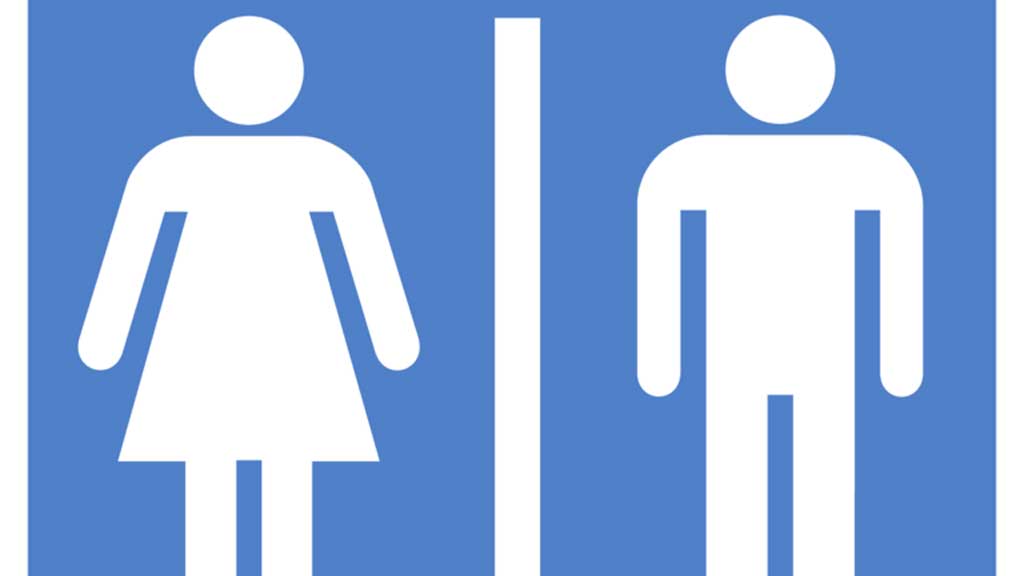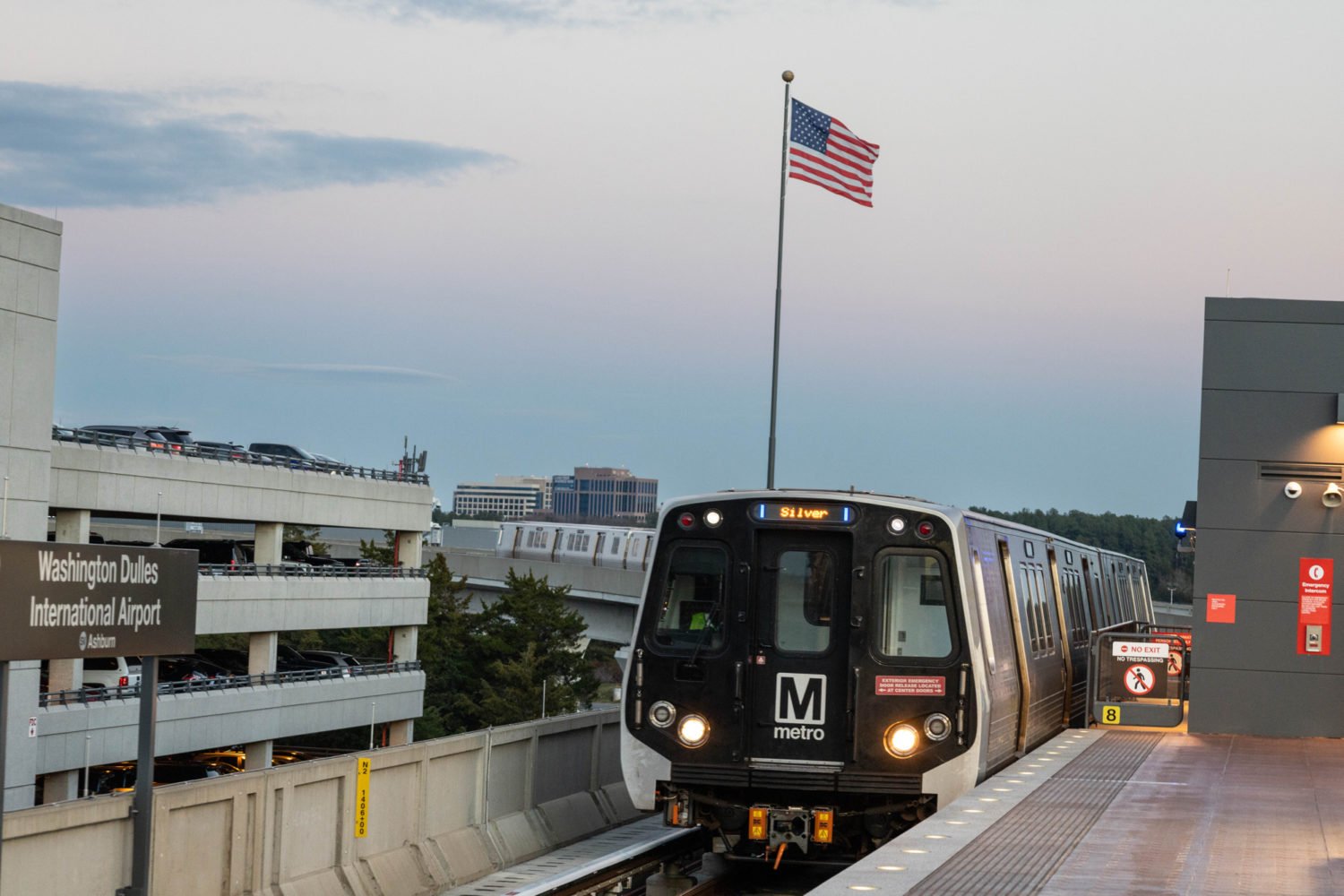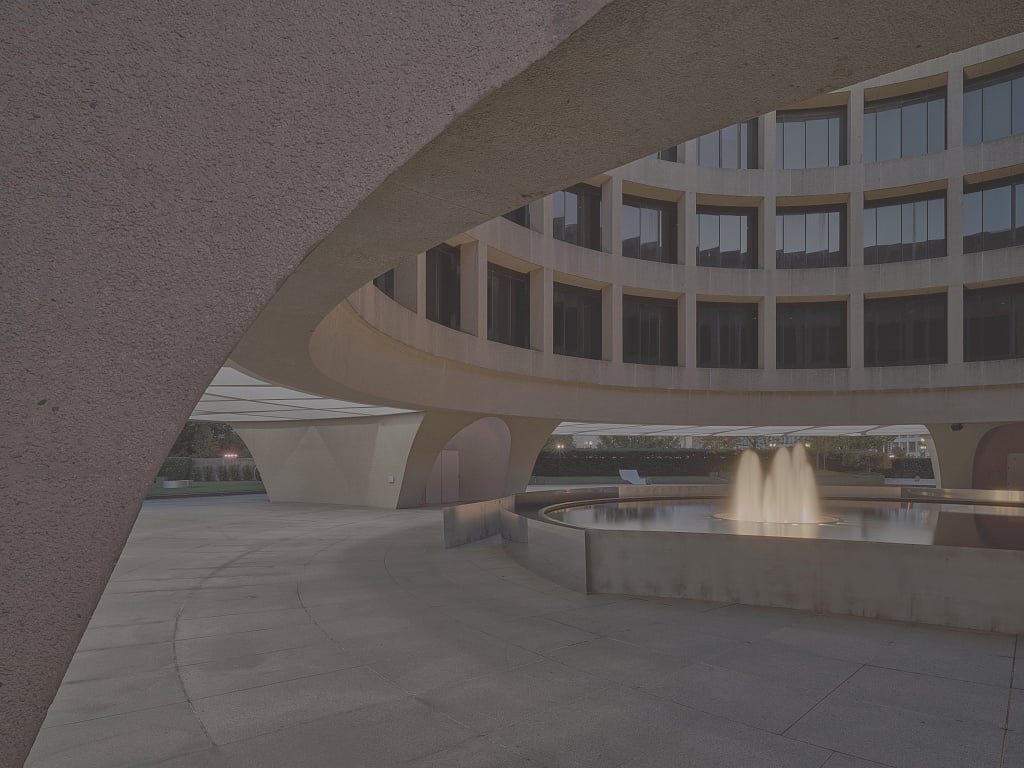Most Metro stations have bathrooms, but good luck using them: Usually you have to find a manager and ask him or her to unlock it. A Washington Post investigation in 2014 found that the cleanliness and availability of these restrooms varied considerably.
That need prompted the Washington-area home-services company Michael & Son to put together a DC metro restroom map. It deployed a ten-person research team to every Metro station in the area and rated the accessibility of restrooms nearby. It then rated them on a scale of zero to five stars. Zero stars means there’s no bathroom accessibility within a half-mile, or around a ten-minute walk. One star indicates that there are shops or public buildings around, but researchers were either turned away or the building was virtually inaccessible to a pedestrian. The more stars a station receives, the shorter distance you’ll have to walk to the closest restroom. Five stars represents a bathroom that is reliably open, easy to find, and available to the general commuters in the station.
Michael & Sons shared their data set with Washingtonian for further analysis. We found that among all the lines, the Green Line was the worst for restroom access: Seven out of 21 stations on this line don’t have any access to restrooms, and none of its stations had three- or four-star ease of access.
But it’s not as if Metro’s other lines are a bathroom-seeker’s paradise. On most other lines, available restrooms tend to be located in either public buildings or local businesses. That’s fine if you’re at stations like Smithsonian and Union Station, but not so helpful in many other places. The Silver Line was the only one that performed better than average: It has two stations with five-star ease of access, and both are a good ride from downtown DC: McLean and Spring Hill.
Ease of Restroom Access by Metro Line





















